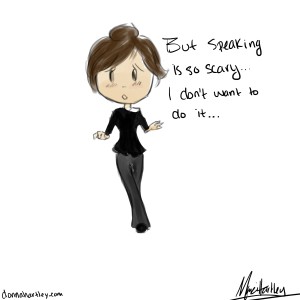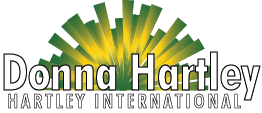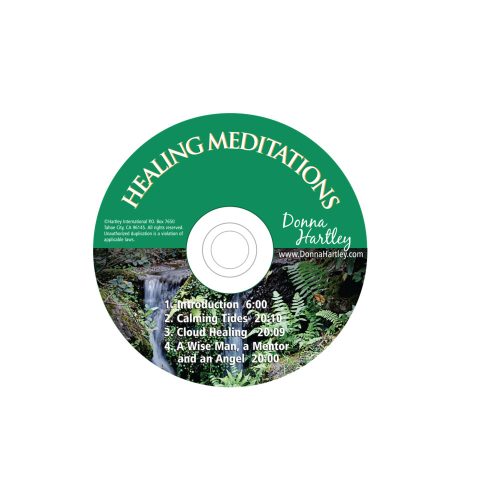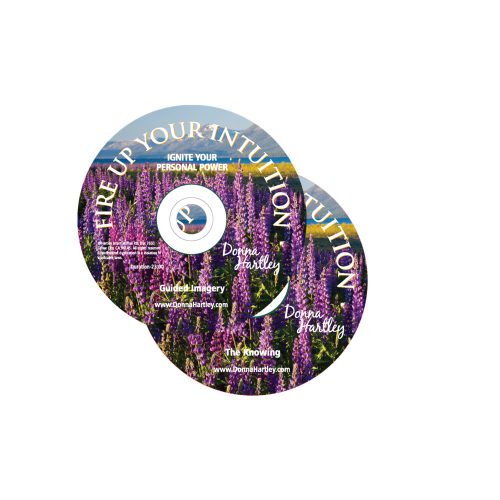Whether you’re speaking to 5 or 5,000 people, preparation, presentation, and persuasion are the key ingredients you need to include to make your speech effective. Your audience will judge your presentation within 30 seconds—studies show that 55% of it is judged by your body language; 38% by the quality of your voice; and 7% by the words you use. Below are some tips to help you improve each of these three key aspects:
Point 1: Body Language
* Look at your audience, glancing at your notes only occasionally.
* Step out from behind the lectern or podium to make you accessible to the audience.
* Use your hands only to emphasize a point; otherwise, relax them at your side. Too many hand motions can be distracting from your message.
* Use flowing movements. Rocking side to side indicates insecurity.
* Smile, and be dramatic or humorous when appropriate. Doing so demonstrates that you are a multifaceted person.
* If you need notes, make them on 5 x 7 index cards—not paper, because it’s noisy. Use black ink for your main bullet points and red or another color for sub-points. Number the top corner of the cards to keep you from mixing them up and risk losing your place.
Point 2: Voice Inflection
* Practice your speech out loud repeatedly. Eliminate “umms,” “ahs,” and “maybes.” A pause is more powerful than any “filler” noises. If you connect your name and your company together, such as, “Hi, I’m Bill Smith and my company is XYZ”, it’s not as effective as “Hi, I’m Bill Smith.” (pause) “The name of my company is (pause)
XYZ.” This method draws the listener’s attention toward what you will say next. Pausing also helps the listener digest what you have said before you go on speaking
Point 3: Word Choice
* Eliminate words like if, someday, but, problem, issue. If you’re explaining a problem, mention it once, and then go into conclusions: words like results, answers, and solutions.
* Use powerful words: memorable, colossal, limitless, family, friendly, and excellence.
* The opening of your speech is your chance to attract your listeners’ attention. A powerful
technique is to open with a statement or question to get them focused on you and your
presentation. An eloquent analogy or comparison to preface what you intend to say is an
audience-grabber.
* Closing your speech is another opportunity to create a call-to-action for your audience. You could end by using a famous quotation, or a slogan  or a story that sums up your topic
or a story that sums up your topic
 or a story that sums up your topic
or a story that sums up your topic.
.




Leave a Comment